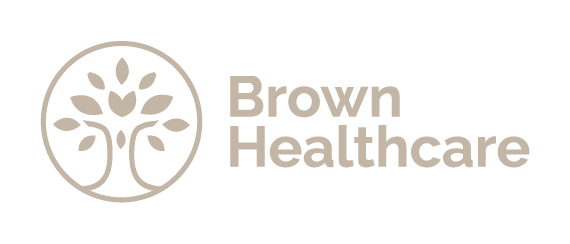As the proportion of seniors in the global population rises, new research suggests that the number of hip fractures among people over the age of 50 will double worldwide by 2050. A leading cause of hip fractures is osteoporosis; a loss of bone mass that affects millions of people. Many of those with poor bone health are not properly diagnosed and treated, but with lifestyle changes and weight-bearing exercise, people can help their bodies build and preserve strong bones.
According to a recent New York Time Well report, the Hong Kong study, using data from adults over 50 who had fractured their hips between 2005 and 2018, paints a startling picture for the future. Hip fractures among older adults can have dire outcomes, frequently leading to a loss of mobility and independence. An estimated 20 to 30 percent of people die within one year of a hip fracture.
Getting enough calcium throughout life is critical to build strong bones. Adults reach their peak bone density between the ages of 25 to 30, and after age 60 and during menopause, bone density starts to diminish. Because the body uses calcium in various ways, it’s important to get enough dietary calcium so it is not leached out of bones. Dairy products like milk, yogurt, and cheese are good sources of calcium, but there are also many calcium-fortified foods including cereal, non-dairy milks, and juices. Almonds are also rich in calcium. Aim for 3 to 4 servicing of foods rich in calcium each day. If you are considering supplements, talk first with your doctor and stick to the recommended dosage as too much calcium can increase the risk of kidney stones, and heart disease in adults over 45.
Vitamin D is also essential for bone health, helping the body absorb calcium. Spending time in natural sunlight provides a source of vitamin D, and it is also found in salmon, sardines, dairy products and fortified juices. If you aren’t sure if you are getting adequate vitamin D, talk with your doctor about a blood test, and if supplementation is warranted – especially in the winter months when sunshine may be scarce.
The third step to maintaining bone strength is to participate in weight-bearing exercises such as walking, dancing, or Tai Chi. Strength training activities can not only help older adults preserve muscle mass but will also help protect bone health and increase balance and coordination to prevent falls. No heavy lifting is necessary to keep muscles strong – bearing your own body weight while moving and using light weights for upper body strength is adequate. In addition to getting 150 minutes of moderate-intensity physical activity each week, adding at least two days of strength training will help keep muscles and bones strong. Limiting alcohol, caffeine and stopping smoking will also help preserve bone density.
Fall prevention strategies at home are also key in avoiding injuries that can lead to a poorer quality of life. Pick up any clutter or throw rugs that could be a tripping hazard, install good lighting in hallways and bathrooms, use recommended assistive devices, and wear sturdy shoes or slippers with grippy soles to avoid stumbles. Wearing good quality hip protectors indoors and outside can prevent injuries to hips from falls. A consultation with an aging-in-place strategist can help determine ways to make the structure and layout of your home work better for you, preventing injury and allowing you to remain in your home longer.
Where to Buy It?








Add Your Voice
0 Comments
Join the Discussion